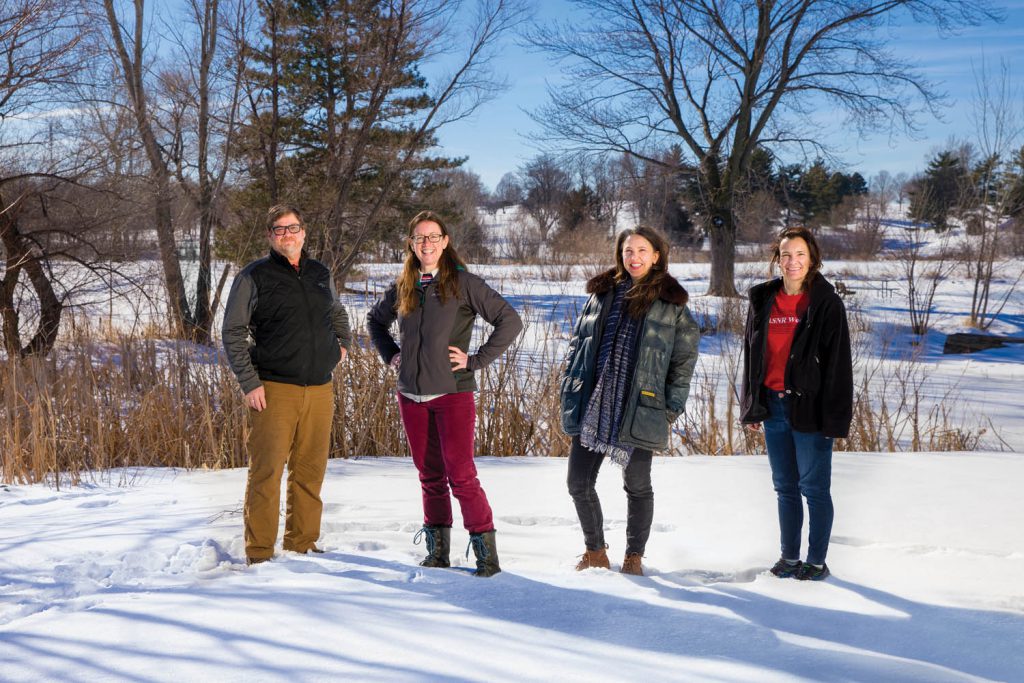Burning fossil fuels, fertilizing crops and lawns, developing urban areas and other human activities are increasing environmental concentrations of essential elements such as carbon, nitrogen and phosphorous. All organisms need these elements to survive, but an imbalance alters water quality, biodiversity and evolution.
To equip researchers and policymakers to study, predict and manage this ever-changing balance of elements and its impact on ecosystems regionally and nationally, Jessica Corman is using a $6 million grant from the National Science Foundation’s Established Program to Stimulate Competitive Research to build a first-of-its-kind national database that includes information from streams and lakes and the organisms that reside in them.
The database will unlock major potential in ecological stoichiometry, a framework that explores the mismatch between environmental elements available and what organisms need. The approach is useful in small-scale investigations, but larger-scope projects lack a comprehensive repository.

Nebraska is collaborating with the University of Wyoming, Central Arkansas University and Middlebury College to fill that gap.
“What’s exciting about this project is that we’re compiling new and existing datasets that are located in different places or collected by different institutions in order to ask broader-scale questions about ecology and evolution,” said Corman, assistant professor of natural resources. “This is the first time this type of work is being done on a regional or national scale.”
The open-source database, Stoichiometric Traits of Organisms in their Chemical Habitats, will include information on multiple scales, from the elemental composition of a single organism to that of the organism’s entire environment.
Researchers will explore how elemental mismatches affect water quality, the food webs and other ecological processes.
A partnership with Nebraska’s School of Art, Art History and Design will help better communicate the science of ecological stoichiometry. Katie Anania, assistant professor of art history, will guide student scientists and artists in designing better methods of graphically communicating multivariable data.
To boost diversity in STEM, the team is collaborating with the Society of Freshwater Science’s Instars and Emerge Program, which supports students from underrepresented groups who are interested in freshwater science.
NSF’s EPSCoR Research Infrastructure Improvement Program: Track-2 Focused EPSCoR Collaborations funds this project.
+ Additional content for Investigating Ecological Impacts on a National Scale
Nebraska news release: Husker team leading $6M project to study waterways’ changing ecology

